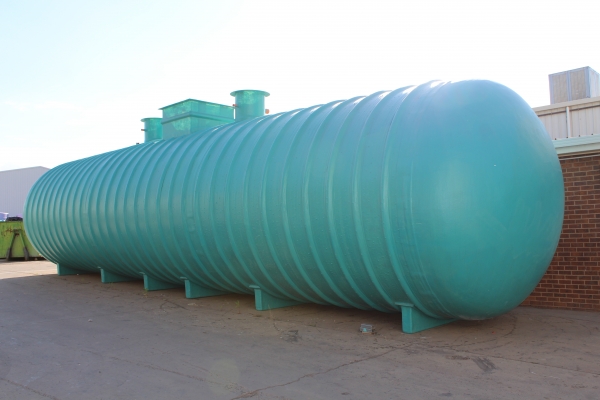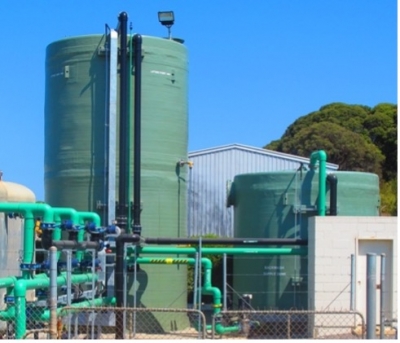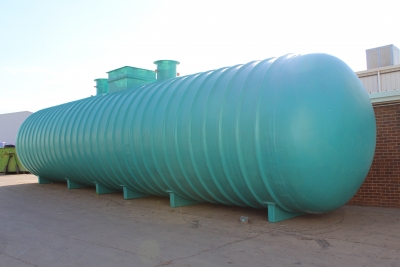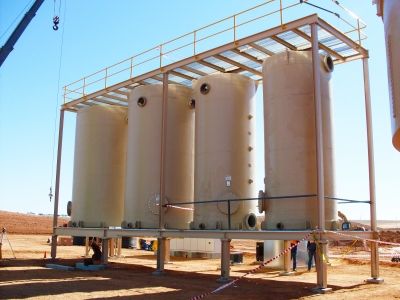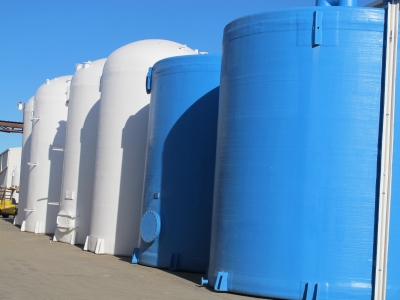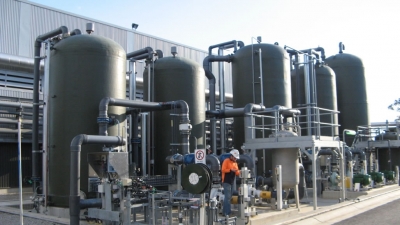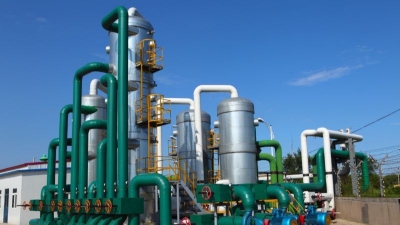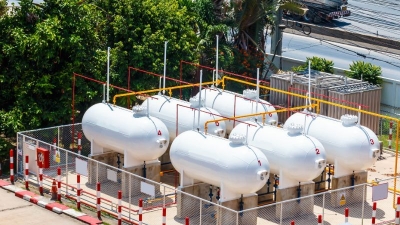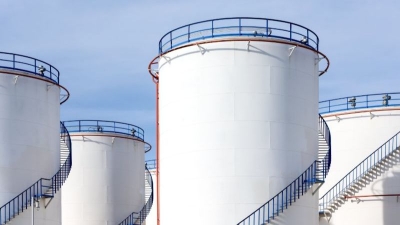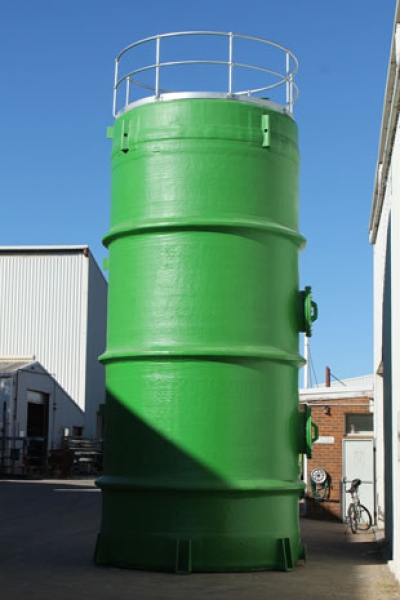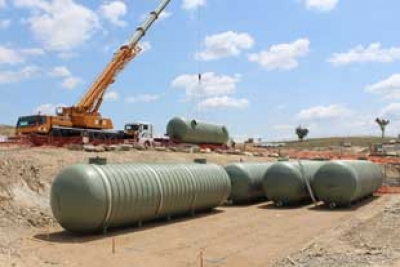All sewage tanks exist for the same reason and when designed effectively, will require occasional cleaning and maintenance to remove sludge and waste from the tank. To avoid major hygiene issues, bad odours, and potential biohazards, make sure you understand how your sewage tank works, how to clean it and how to dispose of the waste by reading our guide below.
Basics of a Sewage System
Sewage tanks are an underground structure that use biological decomposition and drainage processes to treat wastewater produced by bathrooms, kitchens, and laundries. A sewerage system is comprised of an underground watertight tank, usually made of fibreglass or concrete with two pipes connected to create an inlet and outlet. The inlet pipe is used to collect the wastewater in the sewerage tank and the outlet is used to process the wastewater from the tank.
Over time, the sewage and wastewater will separate into three layers; the top later which is oil and grease, the second layer which is wastewater particles and the bottom later which is made of heavier particles that form a solid sludge.
Cleaning the Tank
You must regularly maintain and clean the sewage tank in order to ensure it’s safe and has a long-term service life. Sewage tanks can easily overflow, so it’s important to clean the frequently depending on the purpose and size of the tank and at least one a year to prevent waterborne diseases and reduce risk of tank damage. By following a strict cleaning routine each year, you can protect the tank from clogging and breaking down. This can be a demanding, time consuming, and highly displeasing job if you lack the right equipment to perform this clean.
Hire Professionals
When you hire professionals to clean a sewage tank, they can take care of the cleaning process and dispose of the waste to maintain a safe and disease-free surrounding. You can conduct the yearly cleaning process yourself, however having professionals’ handling the cleaning process enables the tank and waste to be treated effectively and eliminates waste matter and unpleasant odours from the tank safely and efficiently.
Removing Waste
Waste removal professionals start the cleaning process by emptying the tank and disposing of the solid waste that has been collected in the tank to prevent the drain from getting clogged. If the tank does happen to get clogged, a professional team can remove thick sludge and ensure the outlet is cleared for proper drainage. By using a professional team to regularly clean the sludge and drain the tank, you can ensure your tank is functional, doesn’t overflow and has a long-service life.
Recycling Waste
Some chemicals resulting from sewage waste collected can be recycled and converted into fertiliser for the garden and the agriculture industry. However, the heavy sludge of the wastewater, can be put into landfill when the liquid is removed as it’s not organic and cannot be recycled. Having an effective waste disposal system is an important factor during the process of cleaning and maintaining sewage tanks. A popular treatment for wastewater sludge is to recycle it as biogas and energy like electricity.
In short, it’s important for sewerage tanks to be cleaned regularly to prevent overflows and safely handle waste. Getting the right professionals to correctly dispose of the waste can ensure the tank is cleaned and drained properly, whilst being able to recycle and waste to benefit other businesses like those in the agriculture industry. When deciding on the right processionals to clean the tank, guarantee they are equipped with the right equipment and registered to treat the sewage waste and most importantly licensed to carry all types of waste.
Our team at Chemstore tanks to be delivered as one piece of technology ensuring our product is long-lasting and durable in all conditions. Regardless of the kind of wastewater, our tanks can store underground sewage outflow up to 780 kilolitres. If you’re interested in more information about our products or services, contact our team today.
 hl2
hl2 
